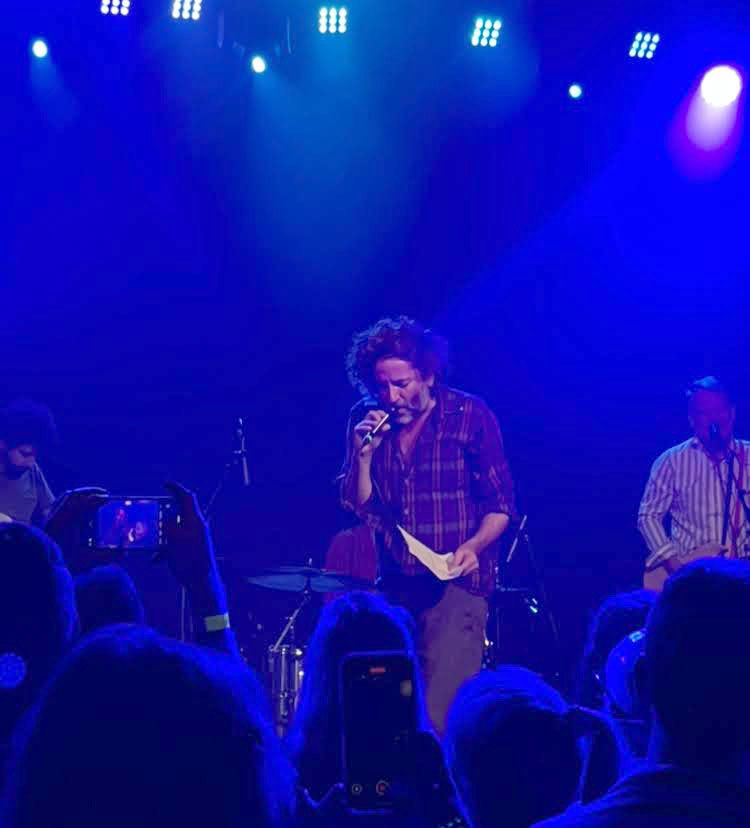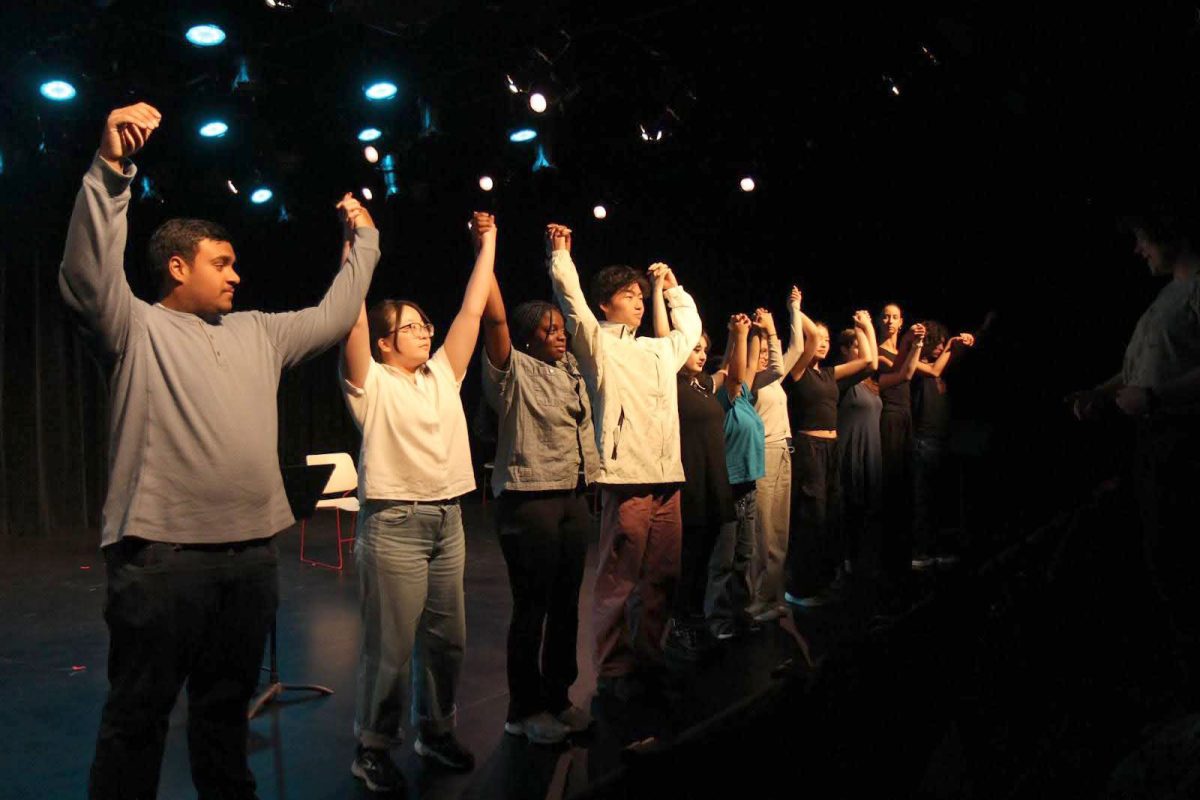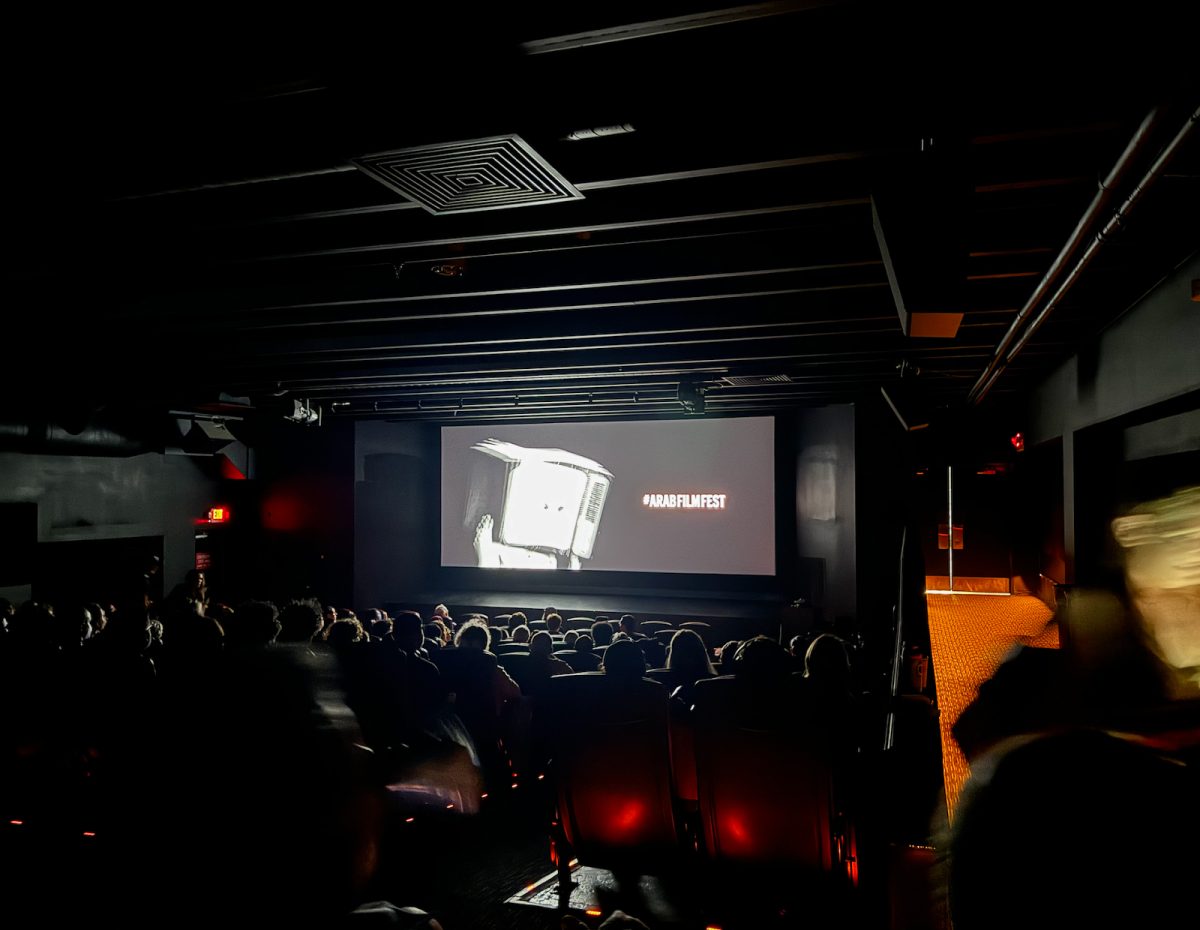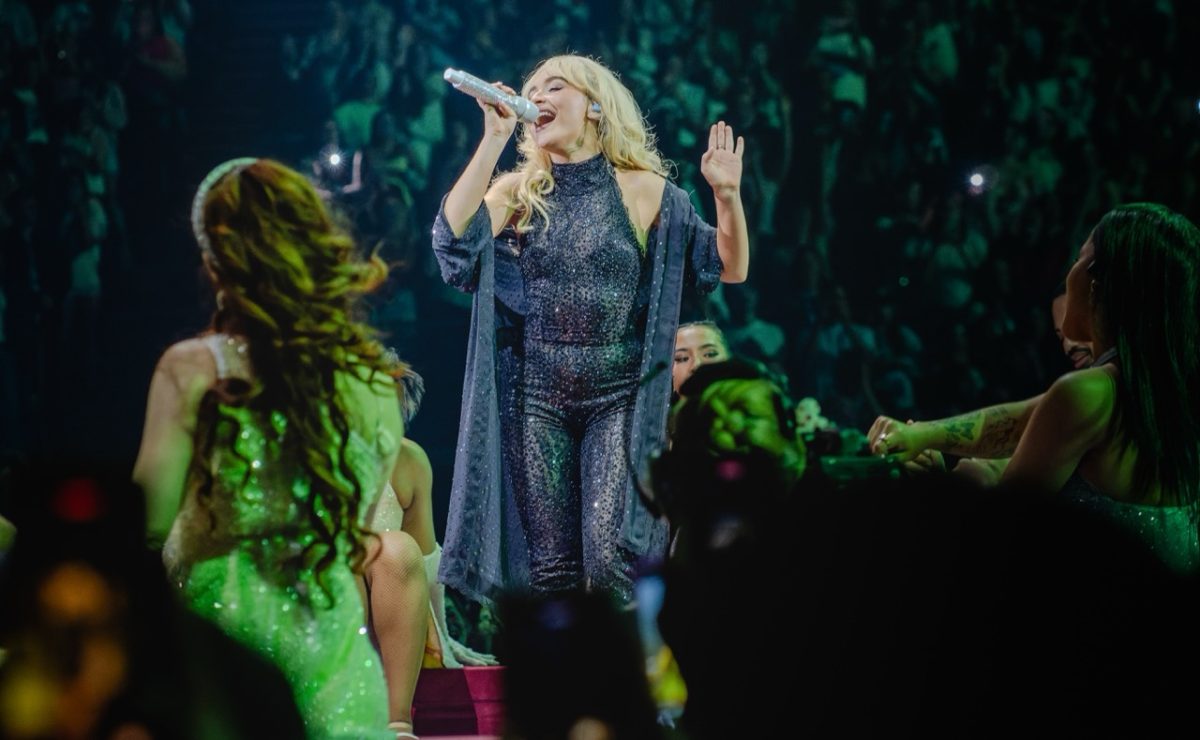Every week, The Mac Weekly sits down with a senior majoring in an artistic field. This week we spoke with Drew Mintz, a studio art major whose art has been shown all around the Twin Cities. Most notably, he worked at Minnesota Center for Book Arts, a gallery in Minneapolis, and was a part of one of their shows last summer. Drew sat down with The Mac Weekly to discuss his art, his thoughts on the art world and his plans for after Macalester.
Tell me about your art and what you’re working on.
Primarily printmaking. Some photography as well. What I’m working on now and what I’m doing for my senior project is an examination of the intersection of the high and low forms of art and culture and the way in which over the past decade or so they’ve appropriated from one another to create new forms of creative outlets. So what those creative outlooks look like, what that means in terms of creating a dialogue with the art community and how contemporary artists express themselves.
So you’re dealing with high brow art, kitsch and how they meet in the middle?
Yes, exactly. So the six people I’ve been using sort of as examples in terms of the pantheon of people who have been well accepted into the high culture — people like Jeff Koons, Damien Herst and Takashi Murakami over the past 10 years who a decade ago their art would have been graffiti or street art, things like that. People like Banksy or Shepard Fairey — they’re the ones who are now selling out gallery shows and having pieces go for millions of dollars in auctions, while people like Jeff Koons and Damien Herst have been collaborating with street wear brands, each of them over the past five years has collaborated with Supreme, a clothing brand that designs their own skateboards, t-shirts and apparel. They have these long histories based in gallery shows. Jeff Koons has giant, huge metal sculptures that he has commissioned, Damien Herst has done formaldehyde tanks filled with sharks — things that aren’t really available to the average artist. And now they’re sort of moving away from that either to reach a new audience or because all three of them are very commercial artists and that’s where the money is. They’ve started moving towards doing things that are a lot more street art based.

Would you say that those high-brow artists that you mentioned are avant-garde?
Not anymore. I think at one time they would have been considered avant-garde. Now in a lot of ways it’s the norm. Especially someone like Jeff Koons. People still frequently consider him kitsch but I don’t know that he would be considered such an avant-garde artist anymore. But when he was first coming out—and you could say the same thing about Damien Herst—yes, but I think they’ve been so accepted and integrated that at least if artistic style isn’t the measure by which artists define their success anymore, their commercial success certainly is. Any starving artist would love to make what Damien Herst or Jeff Koons or Takashi Murakami make[s]. So I think there’s an aspect of the commercialization and the consumer aspect of their work that kind of pulls them away from the mentality of an avant-garde artist.
Do you think the avant-garde is dead?
No. Avant-garde literally means “ahead.” There are many artists that I’m probably not terribly familiar with or are not as applicable to what I’m doing now that are doing things that aren’t really considered the norm in the art world right now that would make you scratch your head, or that art critics would dismiss and say “what is this doing?” There’s always the art question where ten or 15 years down the road these will be accepted. That’s what happened with any avant-garde movement. I think you can argue that throughout the course of history anything from Impressionism, when it first came out — the Academy was like, “what is this” — to when Abstract Expressionism came out and people started moving towards abstraction and away from the realism taught in art school. And then the pop movement with the people I was just mentioning in the late 70s-early 80s. At one point in time I think there is an avant-garde aspect in all of those works. As art moves, as the art culture and the art market grow, they become accepted and become the norm.
Let’s talk about what you’re doing now here on campus and what you plan to do with your art degree. What do you want to do when you get out of here?
Not sure yet. I certainly have no definite plan as of now. I have an internship in Minneapolis working with a branding and design agency, Nerland, and as of now I’m really enjoying that. It’s a nice way to combine art aesthetics with the things I’m interested in, without just having to be a graphic designer or doing your own art and trying to put it in galleries. Which is something I could be interested in down the road but not right away.
Did you come to Macalester as an art major?
No. When I was looking at colleges one of the things I wanted to make sure was that all the colleges I looked at had a good art program because I knew that no matter what, even if I didn’t end up being an art major, which wasn’t my original intention, art was always something that I wanted to be able to do. I wanted to be able to take art classes and take advantage of the facilities and the professors. But no, I came to Macalester first thinking I was going to major in philosophy, then I thought I might be a Japanese major, then for awhile I was double majoring in English Lit and Studio Art—now English I dropped to a minor—but I didn’t come here specifically wanting to be an art major.
That’s surprising. You know so much not just about art as a technique but also art history.
Part of that is the art department here is great, both the studio and art history department, and I think there’s something nice about going to a liberal arts school where you can take what you’ve learned in a philosophy class or an MCST class and a lot of it is so applicable to the art. I think it’s really hard in some art schools to create art in a vacuum. Some people are great at it. I don’t think I would have been able to do it. I think the other classes I’ve taken at Macalester have influenced my art practice just as much as any art classes I’ve taken.
When did you decide you were an art major?
Well I had to declare a major so I could study abroad, so I declared my art major because at that point I had taken enough art classes where I was on the track and it seemed feasible. And I also really wanted to go to an art school abroad. When I was applying to colleges I didn’t want to go to a traditional art school, but I thought abroad would be interesting to see what an art school is like in Europe. So I went to the Gerrit Rietveld Academy in Amsterdam.
Was there a class that made you feel like an art major was the right choice for you?
Not right away. I had never done printmaking before. So I took my first printmaking class with Ruthann Godollei and really liked it. It wasn’t until I took Printmaking II that I was like, OK, this is actually something I can see myself doing in a larger capacity other than just in class. But there was no one class where it just instantly clicked. It was an accumulation of things.
What did you work on mostly before you came to Macalester?
Mainly pen and ink. Lots of drawing. Also watercolors. Everything before my sophomore year was all either drawing or sculpture.
Do you have a memory of looking at a piece of art, famous or not, that made you feel like you wanted to be an artist?
Yes. In high school was when I first started looking at contemporary artists. Before that the only ones I knew were old dead white guys, with the exception of a few women, but most of them were people from textbooks. And I picked up some art magazine for part of one of my art projects and there was a painter in it named Ian Francis and I totally fell in love with his work at the time. That was the first time I ever looked at a contemporary art piece and been like, oh, this guy’s still alive, he’s in his thirties, he’s making art now.
Tell me about him.
He’s great. He’s a British mixed-media artist. Most of his stuff is primarily painting but he’ll have aspects of drawing, sometimes he’ll do digital work as well. A lot of his stuff is really modern. He blurs the line between realism and abstraction. He’ll have parts of a body that are beautifully done and detailed and amazingly drawn. And then he’ll have paint splattered on a different part of a canvas. One of the things I really liked is about him is that I’ve never really been a painter and I was drawn to it because it was an aesthetic I liked but in a medium that I was uncomfortable with.
Do you come from a family of artists?
My mom actually taught high school art at one point. I don’t know if she would consider herself an artist. She went to grad school for animation. My brother and my dad, certainly not. They’re still drawing stick figures, which there’s nothing wrong with that. There was always an appreciation of art in my family.
What do you think about the art world right now?
It’s so hard to know what “the art world” means, and to separate the art world from the art market. There’s such an aspect of consumption and consumer trends. The art world is so trendy right now. A lot of the times it’s about the money, and a lot of new art has become a response to that. It’s so hard to sum up something so wide and varied. The type of art that I look at is one specific thing — either lots of printmaking, or because of this project I’ve been doing, lots of studies in high and low art and culture. But I’m doing very little in performance art or music or sculpture.
How has a college education worked for you as an art guy? I know a lot of folks who went to college as art majors and ended up quitting to pursue their own thing.
A lot of my friends who wanted to do art in high school went on to art schools. But I do know a few kids who decided to do their own thing. I think that’s awesome, but I don’t think I could have done it and been productive. I don’t think my motivation would have been there. And I don’t think I would’ve had the stamina to continue finding things to make my art about. My art is very reactive to things I’m interested in, things that professors bring to class or friends or family talk about. I don’t have enough of an internal voice where I can consistently make art for myself. I think it has been really helpful.
What’s a capstone like for an art major?
It’s our senior seminar. It culminates in the student show that happens at the end of the semester in late April early May. I think there are 11 of us. Everybody contributes a body of work. Together we have a student show with the cohesive body of work that we’ve created. Most of the art happens on your own time and then during the seminar we talk about things like what’s going on in the art world, contemporary artists, artists who have been successful, things like that.







Megan Dickens • Sep 8, 2019 at 1:13 pm
I went over this website and I conceive you have a lot of superb info , bookmarked (:.
Arron • Aug 12, 2019 at 6:11 pm
Thanks I needed this